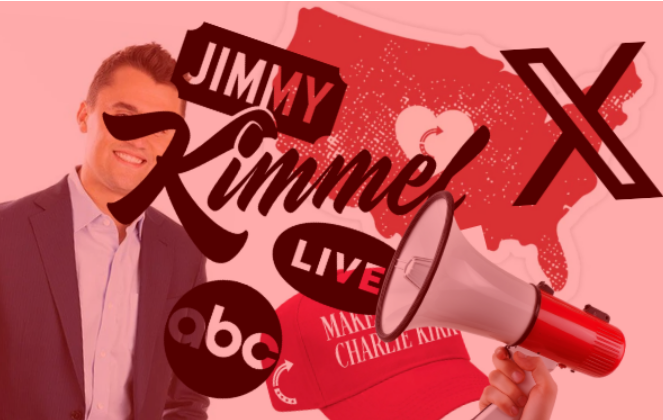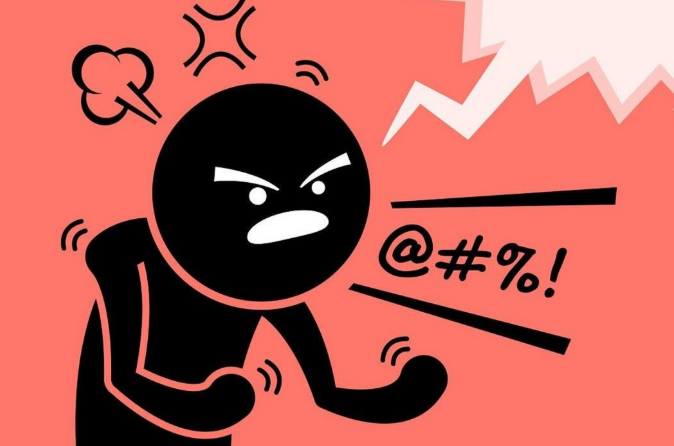In today’s world, young people are constantly met with influence from all directions. Whether it’s through social media, advertising, or the vast amount of information available online, there’s no escaping the constant stream of messages and ideas that shape our thoughts and behaviors. From products we buy to the beliefs we hold, these influences play a significant role in how we navigate the world. I could honestly say something so untrue and absurd and many people would believe me if I had said it with a straight face. It often feels like we’re constantly surrounded by trends, opinions, and cultural norms, making it almost impossible to separate our own thoughts from those we see around us. As a result, this generation is consistently influenced by various factors, whether that is consciously acknowledged or not.
Over the past couple of years, there have been many studies conducted on the usage patterns and motivations of individuals who use social media platforms like TikTok. For instance, one study conducted by researchers at the University of California, Irvine, and published in the journal “New Media & Society” in 2020, examined the reasons why college students use TikTok and whether they would continue using it if none of their friends were using the platform. The study surveyed over 500 college students and found that a significant majority of participants reported using TikTok primarily because their friends or peers were using it. When asked if they would continue using TikTok if none of their friends were on the platform, a handful of respondents said they would not. This finding suggests that social influence and peer pressure play a significant role in shaping individuals’ decisions to use TikTok, or just an individuals’ decision alone.
Another study that highlights the significant role of social influence and peer pressure in shaping individuals’ decisions is the Asch conformity experiments. These experiments, conducted by psychologist Solomon Asch in the 1950s, demonstrated the extent to which individuals are influenced by the opinions and actions of others, even when those opinions or actions are clearly incorrect. In the classic version of the experiment, participants were shown a series of lines of varying lengths and asked to indicate which line matched the standard line in length. However, without the participants’ acknowledgement, the other “participants” in the study were helpers of the researcher and deliberately provided incorrect answers. The results revealed that many participants conformed to the incorrect answers provided by the majority of the group, even when the correct answer was obvious. This is known as conformity; it’s a phenomenon that demonstrates just how powerful the influence of social pressure is on an individuals’ decision-making process.
Social influence and peer pressure can subtly affect our decisions without us even realizing it. Whether it’s through comparing ourselves to others, picking up on subtle social cues, unconsciously mimicking those around us, or feeling pressure to fit in, these influences shape our behavior in ways we might not be aware of. This highlights how powerful social dynamics can be in guiding our actions, emphasizing the need for mindfulness and independent thinking in the face of social pressures.








